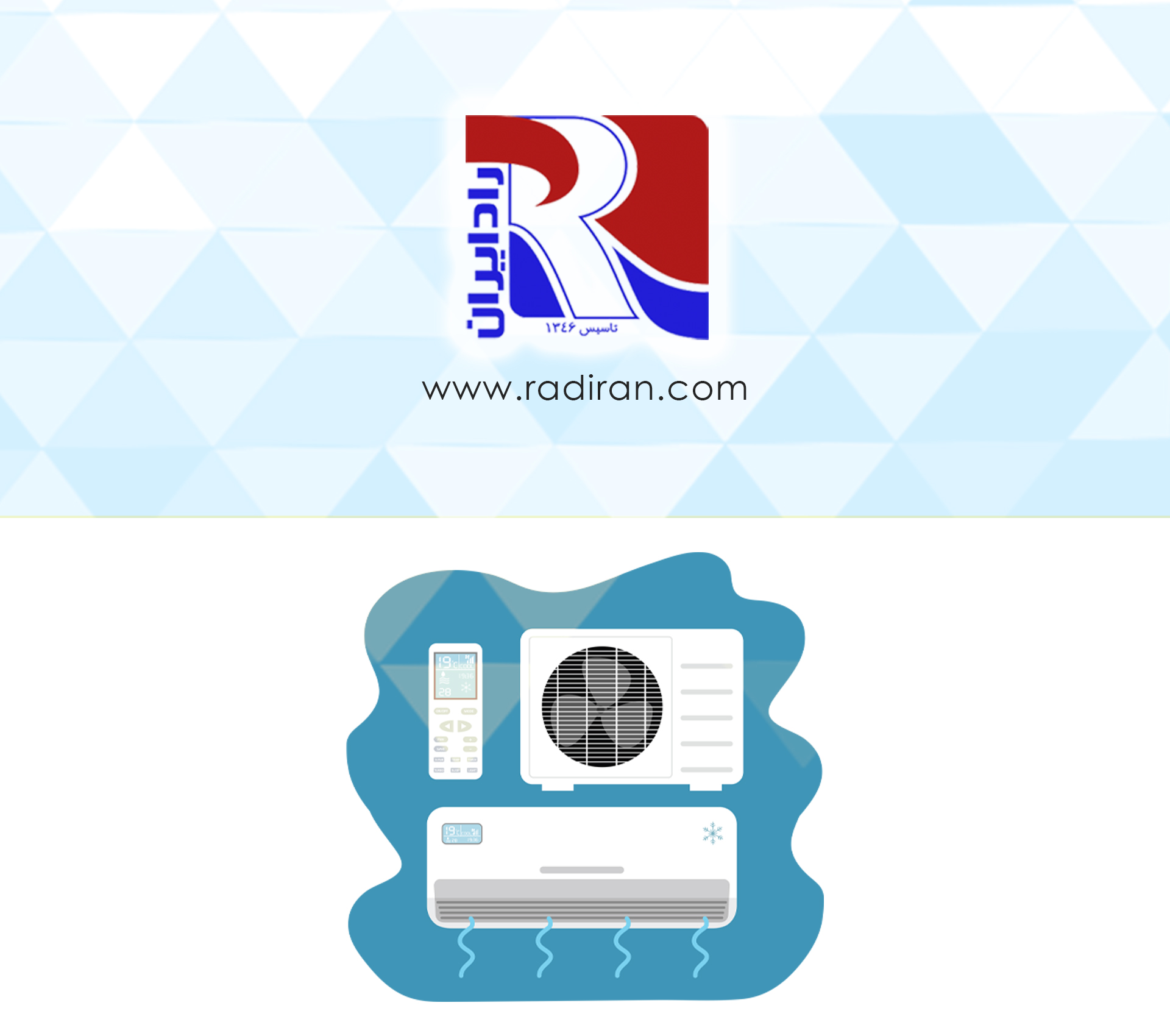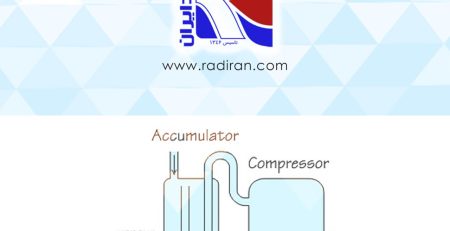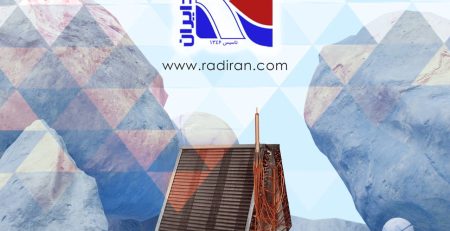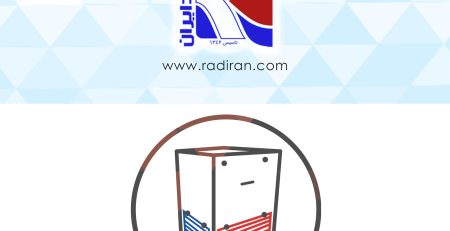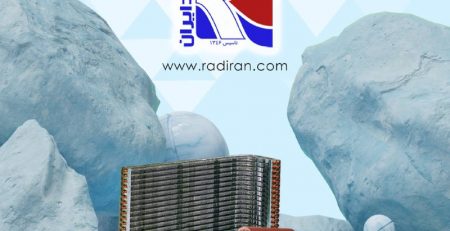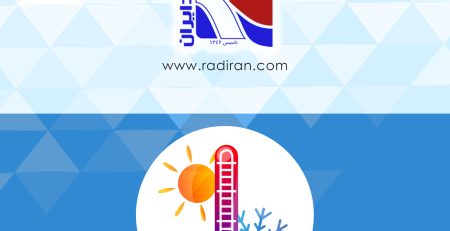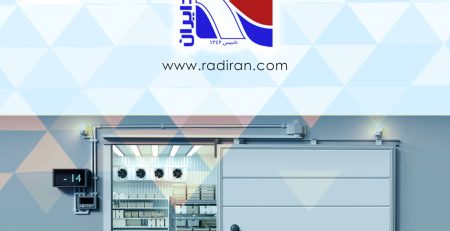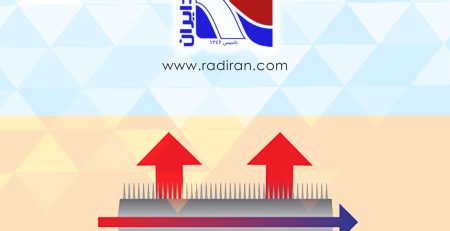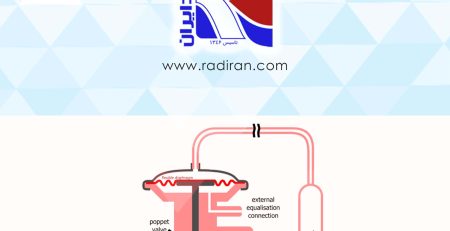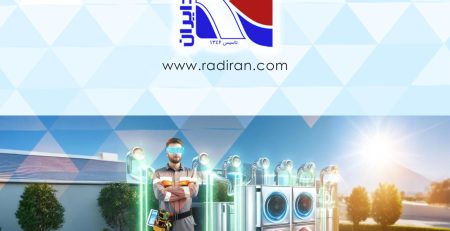Introduction to Types of Air Conditioning Systems
Introduction to Types of Air Conditioning Systems
Introduction
• Importance of Air Conditioning Systems:
o Widespread and essential use in buildings
o Objective: To provide optimal temperature and humidity for human comfort
o Emergence of various types of systems for specific environments
Description of Air Conditioning Systems
1. Chiller and Fan Coil
System Composition:
Comprises a chiller and multiple fan coils for ventilating different areas
Method of Operation:
The chiller cools water, which is then supplied to the fan coils.
Heat is extracted from the air, and warm water returns to the chiller.
This process repeats until the desired temperature is reached according to thermostat settings.
Type of System:
Indirect system (hydronic or water-based)
Advantages:
Low energy consumption
Independent temperature control for spaces
No need for ductwork
Variety of fan coil options
Easy maintenance
Applications:
Best choice for residential homes and offices
2. Introduction to Chiller and Air Handler System
o Type of System: Chiller and air handler system as the second type of air conditioning systems
o System Composition: Comprises a chiller and one or more air handlers
Method of Operation
Operational Method:
Similar to the method of chiller and fan coil, with differences in the number of fan coils.
In this system, one air handler supplies the entire needed air.
Air Distribution:
Air for each area is distributed through ducting and vents.
Filters
Type of Filters:
Air handler systems typically have multiple filters for air filtration.
Depending on space usage, the type and efficiency of filters vary.
Example: In hospital systems, high-efficiency HEPA filters are used.
Applications
Common Applications:
Suitable for hospitals, halls, auditoriums, hypermarkets, corridors of large buildings, swimming pools, etc.
Limitations and Issues
Limitations:
Large volume of ductwork required to deliver air to various environments.
Lack of separate temperature control for each space.
Large dimensions of devices create issues for placement.
Non-usage in Residential Units:
For the reasons mentioned, it is generally not used in residential units.
3. Introduction to Duct Split System
Type of System: Duct split or ducted split system
Common Use:
Known for its cost-effectiveness compared to chillers and fan coils and multi-split (VRF) systems.
System Components
Units:
External Unit:
Located on the roof or terrace
Contains compressor and condenser
Internal Unit:
Also known as air handler
Serves as the evaporator of the device
Method of Operation
Cooling Performance:
Air is cooled directly through the refrigeration cycle.
Unlike chiller and fan coil systems, here, air absorbs heat from the environment through the refrigerant inside the evaporator and cool air is injected back into the environment.
Components of the Refrigeration Cycle
Pipes:
The return and supply pipes are made of copper.
These pipes are part of the compressor refrigeration cycle.

